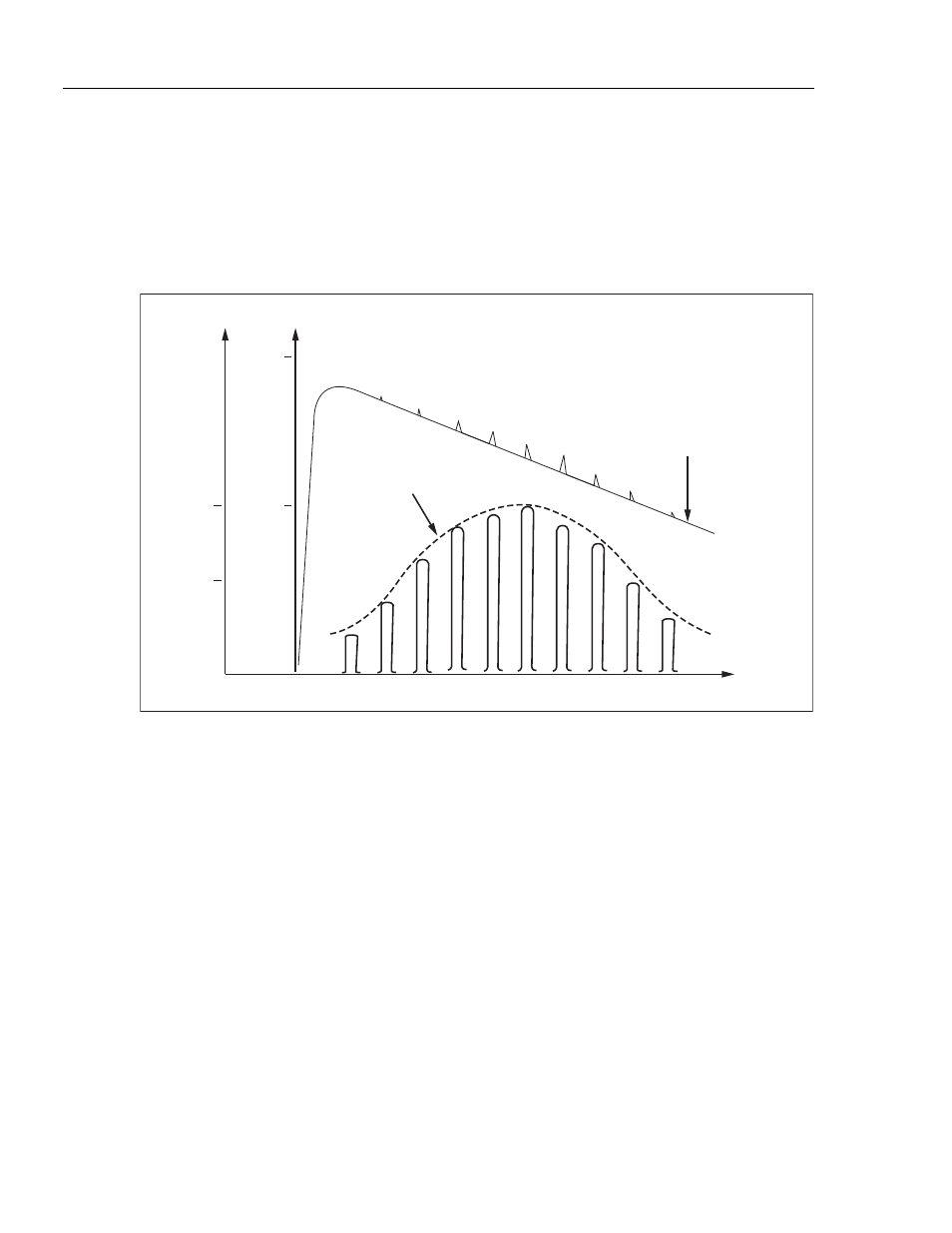Pulse amplitude – Fluke Biomedical Cufflink User Manual
Page 140

Cufflink
Operators Manual
A-4
Pulse Amplitude
The amplitude of the oscillometric pulses (hereafter referred to as pulses) is quite small
when compared to the static pressure in the cuff. As shown in Figure A-2, these pulses
appear as very small spikes on the cuff pressure waveform. They are depicted in
amplified form with the cuff pressure stripped off to reveal how the amplitude varies as a
function of cuff pressure. The peak pulse amplitude is 2 mmHg at a cuff pressure of
115 mmHg in the example shown.
mmHg
P
u
lse Amplit
u
de
C
u
ff Press
u
re
mmHg
P
u
lse
En
v
elope
200
C
u
ff Press
u
re
Time
100
2.0
1.0
fcv007.eps
Figure A-2. Pulse Amplitude and Cuff Pressure vs. Time: Linear Deflate
In general, the peak pulse amplitude is 1-3 % of the cuff pressure at which it occurs.
Therefore, the monitor must be able to strip off the large static cuff pressure to measure
the individual pulse. Because the pulses are so small, it is possible for artifact conditions
to obscure the pulse. Patient motion and respiration are common artifacts that the monitor
must reject. When the cuff pressure is quite high the pulse amplitude is small. As the cuff
deflates, the pulse amplitudes increase to a maximum and then decrease to a minimum.